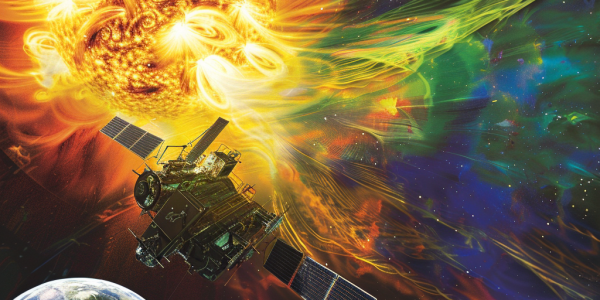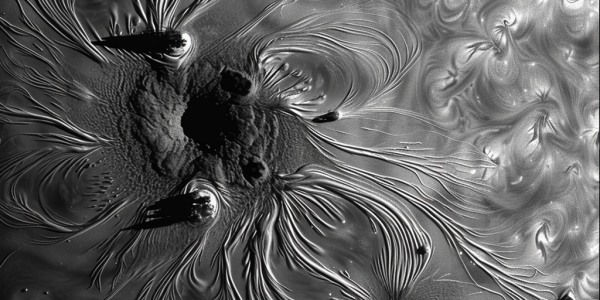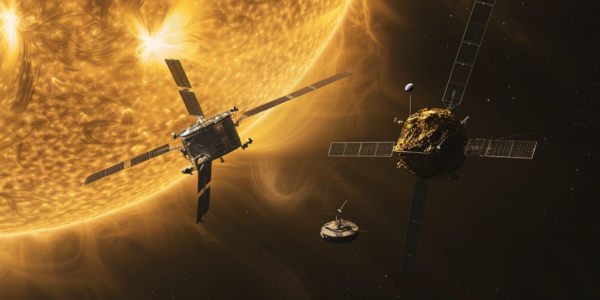SwRI Integrates Solar Wind Sensor into NOAA’s SWFO-L1 Satellite for Enhanced Space Weather Monitoring
The Southwest Research Institute (SwRI) has successfully integrated the Solar Wind Plasma Sensor (SWiPS) into NOAA’s SWFO-L1 satellite, enhancing space weather monitoring. This innovative sensor will provide real-time data on solar wind and solar storms, crucial for predicting their effects on Earth’s technology and infrastructure. The collaboration aims to improve forecasting capabilities and safeguard essential services from potential disruptions caused by solar activity.
Solar Orbiter Observes Active Patch on Sun, Implications for Solar Physicists
Solar Orbiter’s recent observation of an active patch on the Sun has significant implications for solar physicists in understanding the source regions of the solar wind. The spacecraft’s high-resolution images provide valuable insights into the Sun’s activity, shedding light on the connection between active regions, solar flares, and the generation of the ‘slow’ solar wind. Groundbreaking research led by Stephanie Yardley from Northumbria University utilized Solar Orbiter’s instruments to image an active region on the Sun and directly measure the slow solar wind, offering a novel approach for studying solar phenomena.
ESA and NASA Collaborate to Study Solar Wind with Solar Orbiter and Parker Solar Probe
ESA and NASA collaborate as Solar Orbiter and Parker Solar Probe reach closest approach to the Sun, allowing for simultaneous observation of the solar wind. This unique alignment provides valuable data for scientists to enhance their understanding of the Sun’s impact on the solar system and Earth.



